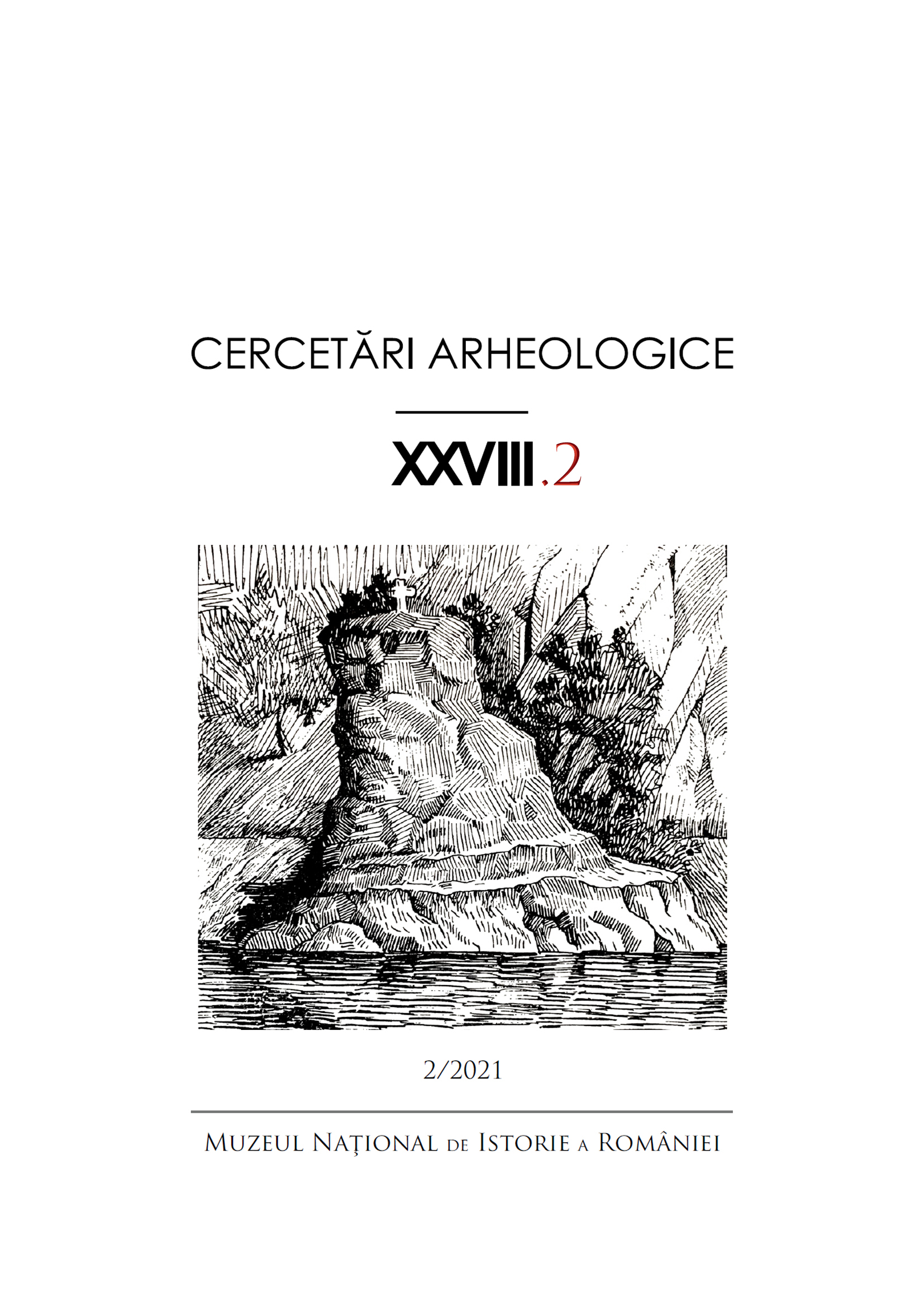Bucket-shaped pendants from the Sarmatae environment. A few notes on the origin, dating and use of these amulets in the Barbarian world
Bucket-shaped pendants from the Sarmatae environment. A few notes on the origin, dating and use of these amulets in the Barbarian world
Author(s): Vitalie BârcăSubject(s): History, Archaeology, Ancient World
Published by: MUZEUL NAȚIONAL DE ISTORIE A ROMÂNIEI
Keywords: bucket-shaped pendants; amulets; graves; the Sarmatians; the north and north-west Pontic area; the Great Hungarian Plain; the Geto-Dacians; late Scythian; the Germans; Przeworsk; the Barbaricum;
Summary/Abstract: Bucket-shaped pendants were broadly diffused in various cultural environments from the area comprised between the north-east of the Black Sea and Central Europe. This study attempts, without aiming at being exhaustive, to analyse the objects of this type within the Sarmatian environment. The author examines these pendants from the Sarmatian environment compared to that of other cultural settings, within a broader context and concludes that in the Sarmatian environment, bucket-shaped pendants come mainly from either richly and poorly furnished children and women graves. The author notes that earliest specimens of such pendants are found in the north-Pontic area and originate in features that date to the 2nd – 1st century BC, which suggests that their origin, beside other pendant types, lies in the north-Pontic region. In the 1st century BC, these pendants are present with the late Scythians and the Sarmatians from the north and north-west of the Black Sea, but also in the Geto-Dacian and Germanic milieu (the Poieneşti-Lucășeuca culture). Once with the 1st century AD, the number of the bucket-shaped pendants increases significantly in the late Scythian, Sarmatian, Geto-Dacian environments but also in the cemeteries of the towns and settlements from the north-Pontic area. Still in this period, they start to be recorded in the Przeworsk culture area, as well. Subsequent to the analysis of bucket-shaped pendant finds from the Sarmatian environment, it was concluded they were not extensively used by the Sarmatians, like in the case of other pendant types. The author notes that the majority of bucket-shaped pendants from the Sarmatian environment of the north and north-west Pontic area come from graves dating to the chronological interval comprised between mid 1st century AD – early/first decades of the 2nd century AD. Furthermore, these artefacts are rare in second half of the 2nd century – first half of the 3rd century AD Sarmatian graves and are missing from the second stage of the late Sarmatian period (the second half of the 3rd century – 4th century AD). Following the analysis of the Sarmatian funerary features of the Great Hungarian Plain in which bucket-shaped pendants were discovered, it is concluded that the custom of wearing such pendants by women and children was carried to this area in the second half of the 1st century AD by the first groups of Sarmatians that settled the region. Last but not least, it was noted that in the Sarmatian environment of this geographical area these artefacts were used, to a more or less extent, on the entire duration of their inhabitancy of this area. In the end it is concluded that the massive use of bucket-shaped pendants in the 2nd – 4th century AD in various cultural environments of the area comprised between the north of the Black Sea and Central Europe evidences they became “supranational” artefacts, being produced and used by different populations from this geographical area.
Journal: Cercetări Arheologice
- Issue Year: XXVIII/2021
- Issue No: 2
- Page Range: 411-438
- Page Count: 28
- Language: English

